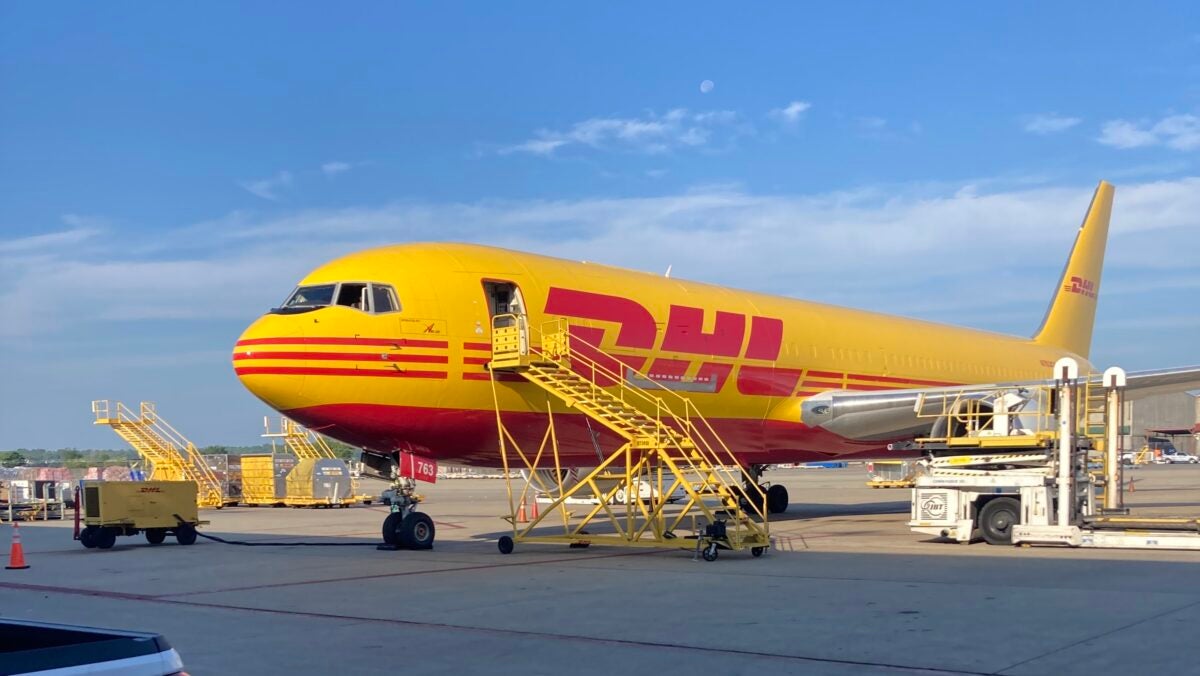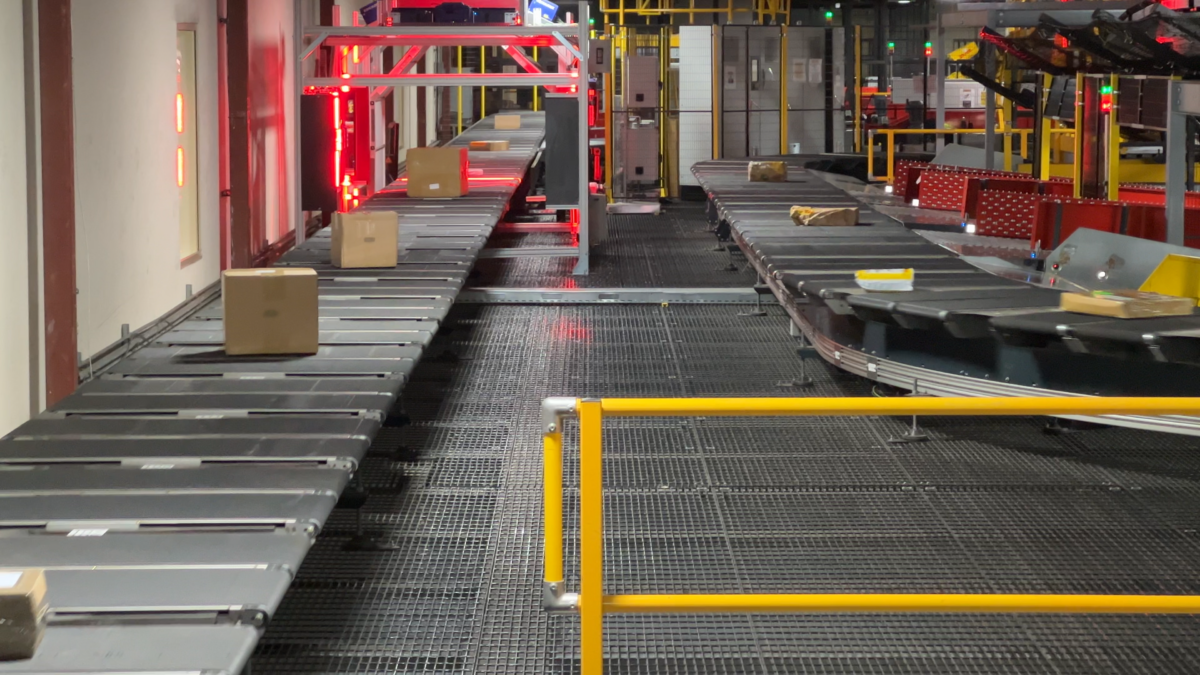DHL Express cut the ribbon Thursday on the first hub ever opened in Atlanta by an air express carrier.
The 100,000-square-foot facility, which DHL is leasing but which it is spending $84.5 million to bring operational, will connect 19 cities in the Southeast with global markets. It is designed to capitalize on Atlanta’s strong interstate trucking network and its global airfreight connections, said Mike Parra, CEO of the Americas for DHL Express, the international air express unit of DHL. About 20,000 pieces per hour can be sorted through the facility.
“This is a strategic hub for us. It’s a great regional hub for us. There’s a brilliant trucking network that runs through Atlanta. The [air] connections to Latin America are outstanding,” Parra said in an interview with FreightWaves at the launch.

DHL is operating seven flights daily out of the hub, which actually opened in October. Parra said he expects that number to easily double over the next 24 months.
The facility will also operate as a contingency airport to a fellow hub in Miami. “So if we had a hurricane in South Florida, we could disperse business to Miami,” Parra said.
The facility has already created 150 jobs. DHL Express employs 5,750 throughout the state.
The facility has 65,000 square feet of solar panels, atypical for an airport location and where it will generate up to half its energy consumption. It will also be the proving ground for technology testing that could eventually be deployed across the vast DHL global network, which serves 220 countries.
The addition of the Atlanta hub will enable more direct air service that helps speed inbound and outbound delivery times in the rapidly growing Southeast region. DHL has sufficient export volume from its Leipzig, Germany, and Hong Kong consolidation centers that it can now bypass the international hub at Cincinnati/Northern Kentucky International Airport and send shipments straight to Atlanta, streamlining network operations.

DHL’s investments are in response to sustained growth in both e-commerce, which relies heavily on air transport to meet customer expectations for fast delivery, and international trade.
Many pundits and companies said that the change in buying habits caused by the pandemic pulled forward e-commerce sales by three to five years. It’s more likely that direct-to-consumer sales accelerated by a year as the pace of growth normalizes. The upward trajectory is still robust even without the COVID turbo boost, with online sales as a percentage of total retail sales expected to reach as much as 25% in 2025, compared to about 20% now.
Parra said the Americas’ business is flat year over year. Rapid-fire e-commerce growth during the pandemic will slow to under 10%. In addition, volumes that were diverted to a fixed network like DHL’s during the pandemic have returned to their respective modes, lessening demand.










